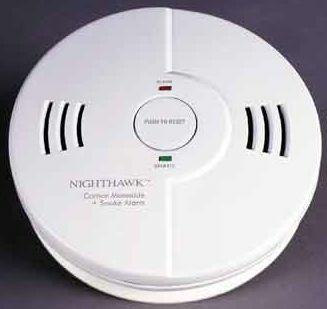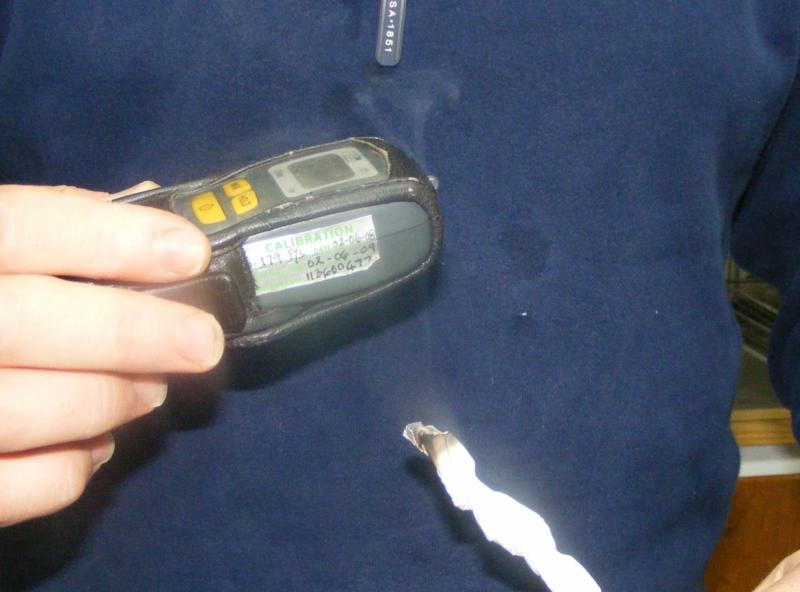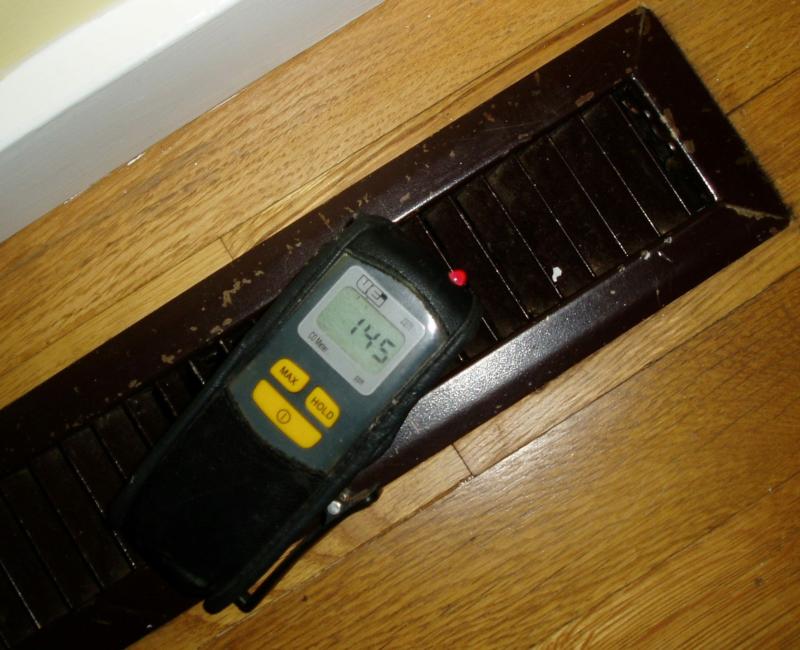A Tip for Professionals -- Testing the Carbon Monoxide Detecting Meter
This article has content intended to be of interest to the professional home inspector, who uses a sophisticated carbon monoxide (CO) detection meter, and also the consumer. I learned of this means of testing my CO meter from technicians at the factory. I thought that other inspection professionals, who might not be aware of this simple test, would find the information useful. And, of course, regarding other portions of the article, it is important to make consumers aware of the dangers of CO.
Carbon monoxide poisoning is a danger that we read about but not something any of us expect to experience first hand. Traffic accidents are like that too. We do not expect to be involved, but, at some point or another, such an accident might impact our lives or our families. I previously wrote a detailed article, for consumers, on CO. It contains valuable information and you can read it here
CO poisoning can occur when it is least expected. A few months back, my wife's sister, who works at a bakery in Alaska, was overcome by carbon monoxide while working in a defective gas-powered freezer. She survived, having been found down on the floor and just in time, but she went to the hospital for a few days. I had another friend who had a simple consumer CO detector alert or go off. She thought it was a false alarm but took precautions anyway. Surprise, the gas range was putting off seriously high levels of CO. You know it is seriously high levels when the simple consumer CO alarms go off.

While the standard consumer quality CO detector (above) is invaluable, and a must, in any home with gas appliances or a wood burning device, these units do not alarm unless substantial levels of CO are present. Unlike a typical smoke alarm, that goes off when smoke is detected, these devices also compare the time-elapsed against the level of CO in the air. The danger presented by CO is impacted by the length of exposure, so the units try to calculate that to some degree. These wall units are like dummy lights in a car: If it goes off, you got a problem unless the device has gone haywire. To test consumer models, use the built-in test button. This should be done regularly, as specified by the instructions that come with your detector.
Take a look at the chart below, to see standard guidelines for CO exposure.
9ppm..... maximum allowable concentration for short term exposure in a living area
35ppm.... maximum allowable concentration for continuous exposure, over 8 hours of time, in industry
200ppm... maximum concentration allowable in a 15 minute period. Likely to cause headaches, nausea after a couple hours. (You really do not want this to get over 150 ppm.)
400ppm.... headaches in a couple hours, life threatening after 3 hours. This is the maximum allowable CO in flue gas, so you can see why you do not want a leaky flue at the furnace or water heater.
12,800ppm... death in 1 to 3 minutes.
Now, I wish to explain a procedure that is of interest to home inspectors but not really applicable to most consumers. Many of us, in the inspection business, have expensive carbon monoxide detecting meters. These devices, unlike the simple consumer alarms, are very sensitive to CO levels. The problem is, being instruments, an inspector really needs to know if the device is operating or not. A meter that fails to detect, giving false readings, is worse than having no meter at all! I found, a few years ago, that a professional instrument I was using was not reading CO levels accurately. The sensors are prone to wearing out or being damaged by cold.
Many manufacturers suggest that the units be sent in to the factory annually to be checked and/or calibrated. In light of the problem I had, the factory told me how to make sure, on a regular basis, that the unit is sensing CO. Other inspectors might be interested in this simple test. It, at the least, gives you an idea if the meter is working and sensing CO. This method came from technicians at UEI, one of the leading manufacturers.
Inspectors: Take a piece of stationary, such as the paper you use at the computer. Roll it up like a rope. Light the end on fire, then blow it out. Put that smoking, smoldering paper under the sensor on the meter.

If the meter does not alarm, then you need to send it in to the shop. It should be seeing CO at dangerous levels. This is a ballpark figure, but typically it gives a reading of about 300ppm to 400ppm from that smoking paper. In the past, UEI used to suggest that the same test be done with wooden matches but, apparently, some brands of matches do not give off significant CO levels.
So what happens when a professional CO detection meter sees CO? Meters vary but, with mine, it gives a loud audible alarm and a red light flashes.

While it is beyond the standards of a home inspection to perform CO testing, some inspectors have such instruments and use them at their discretion. If you are an inspector, and have such an instrument, this is a quick test to find out if your meter is working or if it needs to go into the shop. You do not want to risk having a CO test meter that cannot detect CO when dangerous levels are present on-site.
Steven L. Smith
Bellingham WA Home Inspections
If you wish further information, or would like to comment on this article, please contact King of the House, Inc. Email: kingofthehouse@comcast.net